
Strange tracks revealed by storm in ancient bog at Irish beach
I received a very interesting phone call the other day from a man who lives close to a beach in County Louth. He said that last weekend’s storm had shifted sand on the shoreline and revealed some interesting features which he has only seen three times in his lifetime. He is around 50 years of age.
He described how the surface of what appeared to be a bog had become visible beneath where the sand had been. The bog had pieces of wood in it, clearly visible. Furthermore, and most intriguingly, he said there was a series of parallel ‘ruts’ or ‘grooves’ in this boggy surface.
He sent me a video on WhatsApp showing these interesting features. Fascinated by what I saw, I resolved to drive out there the next morning (Thursday) to take a look for myself. Thankfully, the two high tides that had occurred since he phoned me had not covered the features over with sand and they were still visible.

A short distance from where the beach meets the grassy mainland, maybe about 20 metres or so, there was clearly visible a section of a brownish surface. The surface was ‘spongy’ to walk on and feel. It wasn’t difficult to make out several tree branches and pieces of timber embedded in this bog-like material.
The grooves or ruts were very clearly discernible, and in fact could be seen from a distance of about 30 metres or so. In the brown ‘platform’, there were three of these ruts, each about two to three centimetres wide and about a centimetre or two deep.
Further south, just metres away, the grooves continued, but were part covered by sand. There were more ruts at this point. I counted at least six, if not seven, that were roughly parallel to each other, and interestingly, also parallel to the water line.
I spent about an hour there, taking photographs with my camera, and some photos and videos with my drone and my smartphone. What could these features be, I wondered.
I resolved to do my best to consult some archaeologists to see if they had an opinion on what these intriguing features could be.
The man who pointed them out to me thought that what had been revealed was an ancient bog, and that the ruts or grooves might be the marks left by carts that might have been involved in turf harvesting at some point in the past.
I shared the photographs (and the above video) with a number of archaeologists, and although there are slightly differing views, there is something of a consensus about certain things.
Firstly, almost all of them agree that this is the surface of a bog. The sea levels have risen since the Ice Age. The last phase of the Ice Age ended about 10,000 to 12,000 years ago. Some of them had no doubt that this bog must be very ancient, probably thousands of years old. One way to prove that would be for archaeologists to take some wood (bog oak?) samples from the exposed bog surface and have them radiocarbon-dated.
There were slightly differing views about the ruts. Some archaeologists believe that they are the impressions of cart wheels, left behind from seaweed collecting (harvesting) at some time in the past. The fact that they run parallel to the shoreline would suggest that is the case, because the seaweed collectors would have to stay above the shoreline to prevent their cart getting bogged down (excuse the pun!) in wet sand. When a cart was fully loaded with seaweed, it would have been quite heavy, and given that the bog surface is somewhat spongy and soft, it would not have been difficult to leave grooves with a laden cart.

The question of how old they might be has not been answered. It’s highly likely that seaweed harvesting by cart and donkey (or horse) was carried out over several centuries, and possibly continued into the 20th century.
If you’ve ever seen the Irish movie ‘The Field’, starring Richard Harris, Sean Bean and John Hurt, there are several scenes in that film where The Bull McCabe (played by Harris) and his son Tadgh (played by Bean) are collecting seaweed and bringing it in baskets to be transferred to a cart hauled by a donkey, which then pulls the laden cart to the field. It is a portrayal of an old tradition that was once commonplace around the cost of Ireland. Seaweed is a good fertiliser, and fresh crops are deposited by each high tide.
I am not aware of any academic study of intertidal bogs and cartwheel ruts. This is an unusual apparition, but by no means unprecedented. I’ve been told by one archaeologist friend of a study by another archaeologist in which he took wood samples from a beach bog and found that the bog dated to prehistoric times. Not being an archaeologist myself, I am indebted to those many archaeologists who I know (some very well, some just through email correspondence) who are always ready to impart their knowledge and help get to the bottom of an ancient mystery.
The next step will be to report this find to the National Monuments Service, who may dispatch an archaeologist to the scene to examine what has been revealed. But time will be against them. The local man who brought it to my attention says it will likely be covered by sand again in the coming days and weeks and might not be revealed again for years.
One archaeologist friend has a slightly different explanation for the grooves. He suggests that the grooves are ‘score marks’ from a boat being pulled along the beach. He suggests these score marks date before the 20th century.
He writes: ‘These boats would have had a broadly gently rounded cross-sectional profile with triple runners (timber runners integral to the external hull to protect the bottom of the boat) therefore designed to be pulled along to access the water.’
Because the ruts appear to be triplicate grooves rather than double impressions, this would appear to favour the boat-dragging hypothesis over the seaweed-cart suggestion.
It will be interesting to see what might emerge from closer examination of the scene by one or more archaeologists. It is yet another indication of the fact that the landscape of Ireland is littered with remnants of human activity from past ages. I wonder how far from the shoreline the bog was located when it originally formed. Was it a hundred metres inland? Or further? Maybe a kilometre. It might be the case that a geologist or palaeobotanist may have something to add to the discussion. I’ll keep you all posted if there are any further developments.
I have also reported this find to the National Monuments Service.
2025 Mythical Ireland Calendars arrived!
The printed copies of the 2025 Mythical Ireland Calendar arrived from the printer a couple of days ago. I am delighted with the quality of the printed calendar. Over the next few days, Ann and I will be fulfilling all pre-orders which have been made on the website in recent weeks.
The calendar features 14 of the best photographs and drone images from the Boyne Valley region and beyond, most of which were taken in the last year, since the publication of the 2024 calendar.
The cover image features aurora borealis (northern lights) over Newgrange. We had two really spectacular aurora displays this year, and there are three images featuring northern lights and monuments in the new calendar.
To order your copy, simply visit this page of the website. Each calendar costs €15 plus postage and packaging, and we ship to most destinations worldwide.
The calendar will make a beautiful and ideal Christmas present for your loved one. If you are planning to order calendars for Christmas presents, make sure to do so now, and get in ahead of the Christmas mail rush.
Become a patron
If you would like to support Mythical Ireland, and get something in return, why not consider becoming a patron? For a small monthly outlay (as little as $5/month), you can support the work of Mythical Ireland while also getting exclusive and additional content such as photographs, videos, articles, podcasts, news announcements, previews and more. New patrons at the higher levels also receive some free merchandise. You can sign up to become a patron now over at patreon.com/mythicalireland

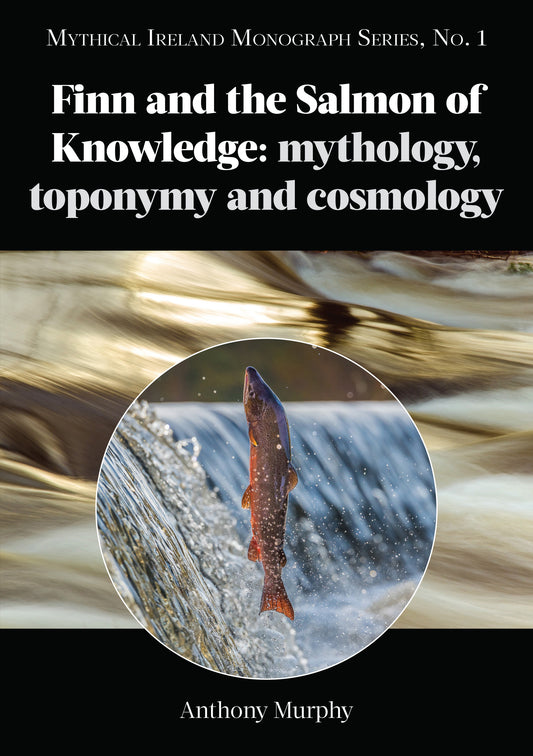
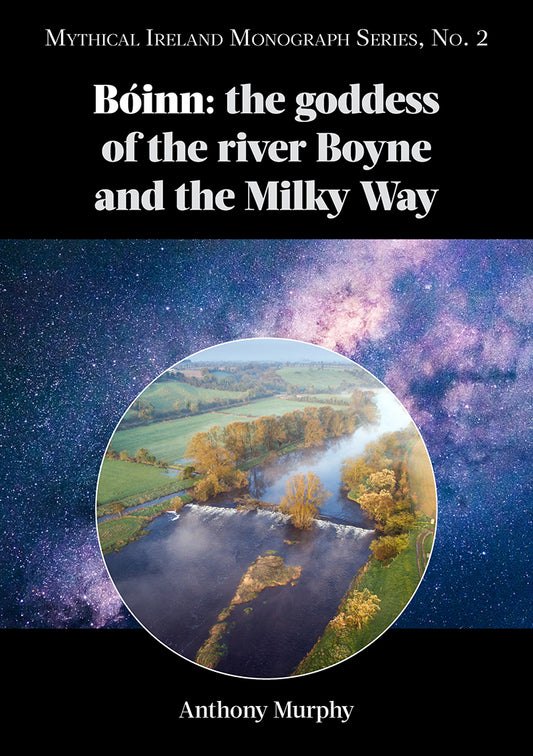
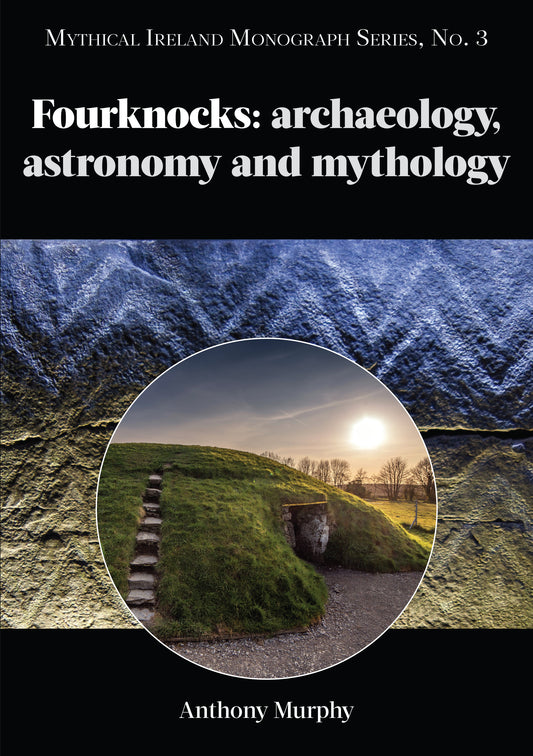
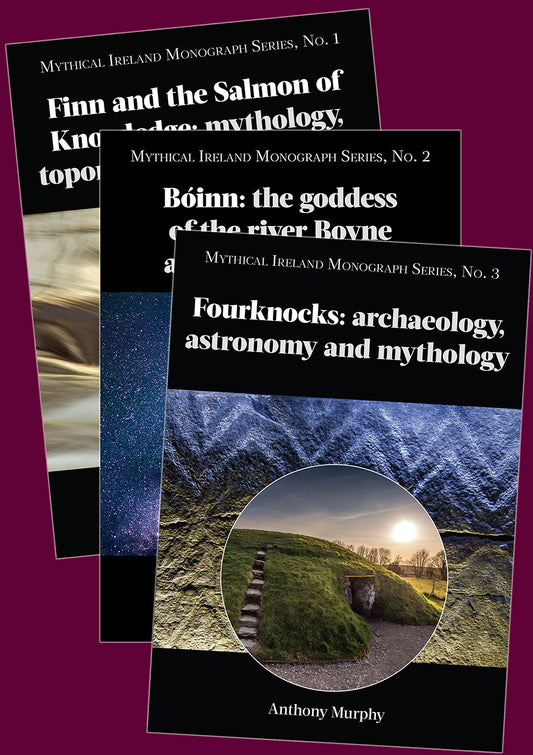
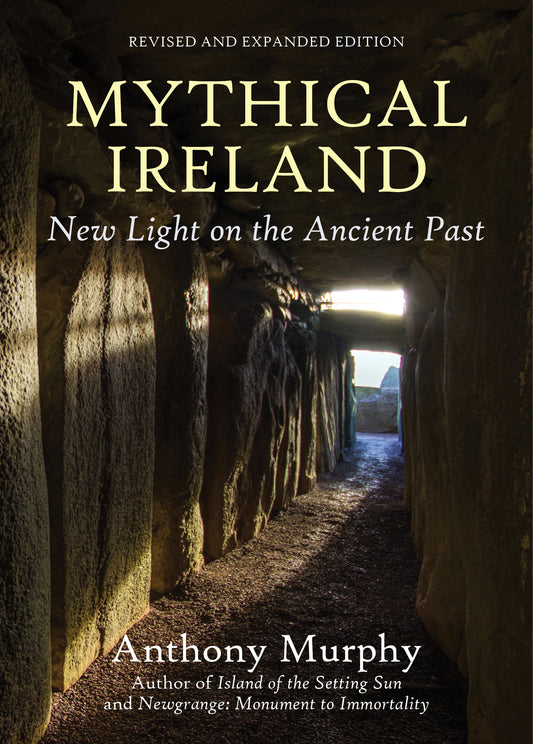
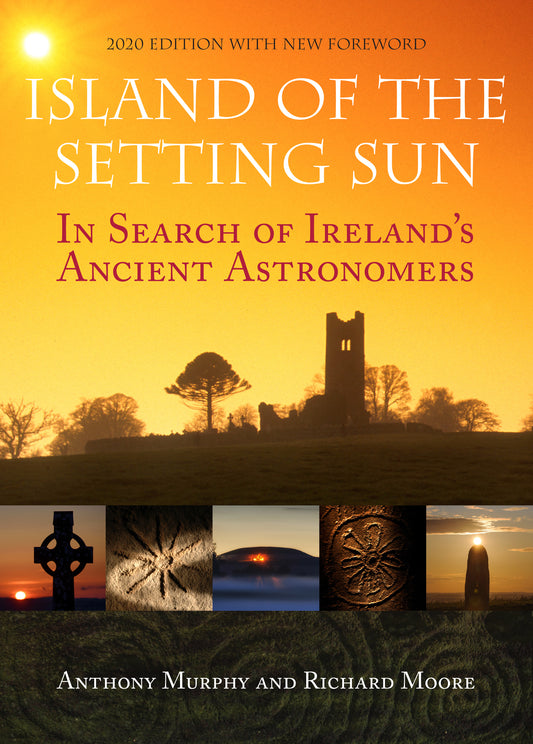

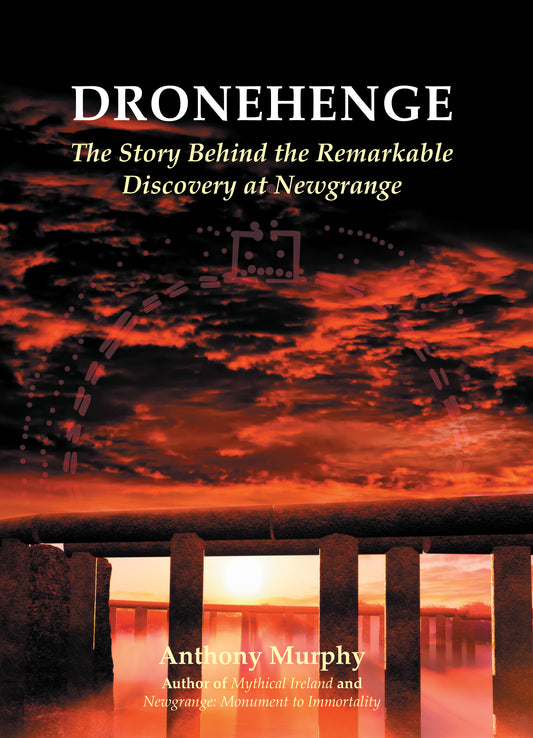
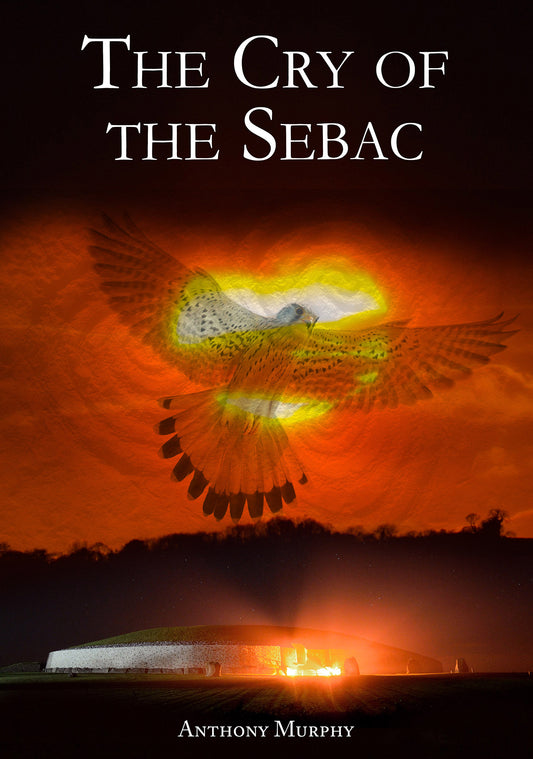
2 comments
Thank you for the videos. NH in Canada.
Looks like a slipe or slide car marks.